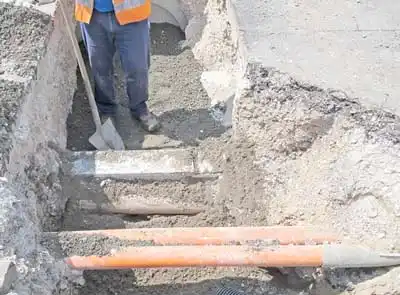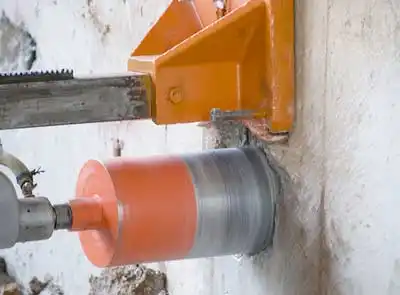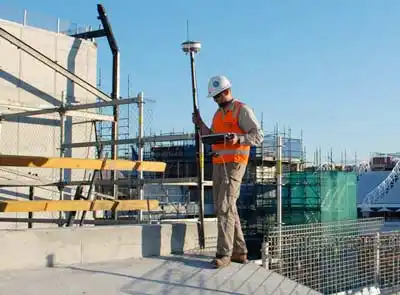Concrete Scanning Services is a specialist in applying non-destructive testing (NDT) technology for structural investigations and assessment of buildings, slabs, beams, columns and other concrete structures.

Other Non-Destructive Testing (NDT)
Ground Penetrating Radar
By using NDT technology such as Ground Penetrating Radar (GPR), Concrete Scanning Services can verify engineering designs for existing slabs, foundations, beams, columns and walls in real-time and with no physical disruption to structures or site.
It can be used in in most NDT engineering applications and is an accurate, quick and comparatively inexpensive method of analysis compared to more conventional physical testing or previous technologies such as concrete x-ray.
Clients requiring a change in use or modification of an existing structure can appoint Concrete Scanning Services for the following:
Verify and validate reinforcement;
Check structural capacity;
Identify cover and arrangement of steel reinforcement and mesh;
Establish suitable core drilling locations to avoid steel reinforcement and services;
Determine depth of concrete cover to predict likelihood of future concrete spalling;
Confirm concrete slab depth;
Assess delamination and large voids in concrete; and
Detect prestressing cables and other buried objects such as cable ducts.
A critical step in planning, design and engineering, our service includes a comprehensive report detailing all of our findings, suitable for use by engineers, contractors, owners and surveyors.
We can also provide other NDT services such as:
Cover meter
Used to locate reinforcing steel and other metal objects, measuring the depth of concrete cover and estimate the size of reinforcing bar.
Rebound hammer testing
Commonly known as the (Schmidt Hammer) we use this to test concrete hardness and strength.
Impact echo
Used to determine the existence and depth of defects in concrete, such as cracks and delamination.
Exit point location
We can determine drill bit exit position and transfer drilling positions when drilling through walls and ceilings in concrete, eliminating the need for drilling pilot holes, measuring out manually or trial and error.





















